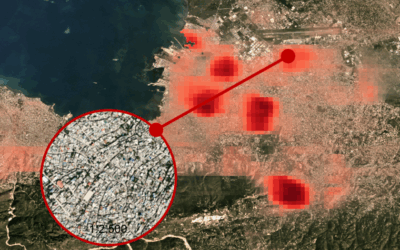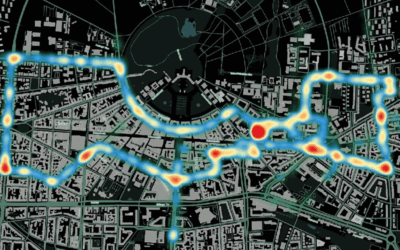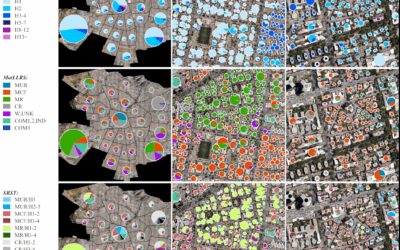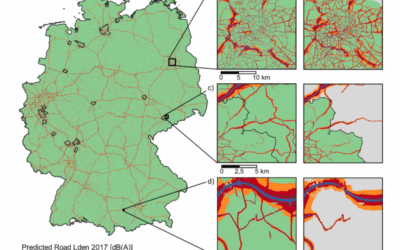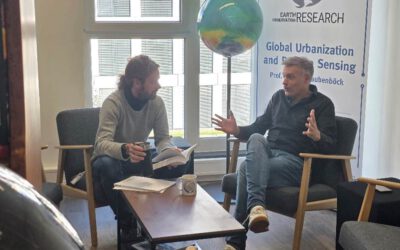New publication on user-centric multi-risk assessment
Within the BMBF project RIESGOS 2.0 Scenario-based multi-risk assessment in the Andes region (see here: https://www.riesgos.de/ ), a user-centred multi-risk assessment has been developed to support potential users like disaster risk managers, urban planners or critical infrastructure operators. It enables the simulation and visualization of a range of earthquakes and tsunami scenarios with different intensities.
Now, experiences on the complex processes of developing and implementing such a user-centric multi-risk assessment have been published in the journal “Natural Hazards and Earth System Sciences (NHESS)”. The paper titled “Between global risk reduction goals, scientific–technical capabilities and local realities: a modular approach for user-centric multi-risk assessment” was just published by Elisabeth Schoepfer, Jörn Lauterjung, Torsten Riedlinger, Harald Spahn, Juan Camilo Gómez Zapata, Christian D. León, Hugo Rosero-Velásquez, Sven Harig, Michael Langbein, Nils Brinckmann, Günter Strunz, Christian Geiß, and Hannes Taubenböck.
Here is the link to the full article: https://nhess.copernicus.org/articles/24/4631/2024/
The research work has been carried by multi- and interdisciplinary participants from the Helmholtz Centre Potsdam – GFZ German Research Centre for Geosciences, DIALOGIK gGmbH, the Engineering Risk Analysis Group of the Technical University of Munich, the Alfred Wegener Institute, Helmholtz Centre for Polar and Marine Research (AWI), the German Remote Sensing Data Center (DFD) of the German Aerospace Center (DLR) and our EORC at the University of Würzburg,
Here is the abstract of the paper: We live in a rapidly changing and globalized society. The increasing interdependence and interconnection of our economic, social and technical systems; growing urbanization; and increasing vulnerability to natural hazards (including climate change) are leading to ever more complex risk situations. This paper presents a conceptual approach for user-centred multi-risk assessment aimed to support potential users like disaster risk managers, urban planners or critical infrastructure operators. Based on the latest scientific and technical capabilities, we developed a method that enables the simulation and visualization of a range of scenarios with different intensities. It is based on a modular and decentralized system architecture using distributed web services that are published online, including a user-friendly interface. The approach is demonstrated using the example of earthquakes and tsunamis for the Lima metropolitan area (Peru), a megacity exposed to various cascading natural hazards. The development involved a wider group of Peruvian stakeholders from research and practice in a structured, iterative and participative feedback process over a period of 2.5 years to capture the needs and requirements from the user perspective. Results from the feedback process, including 94 responses to 5 questionnaires, confirmed the potential of the demonstrator as a complementary analysis and visualization tool. Together with the visualization of cascading processes, the ability to simulate and compare scenarios of varying severity was considered relevant and useful for improving the understanding of and preparedness for complex multi-risk situations, in practical applications, especially at the local level.



